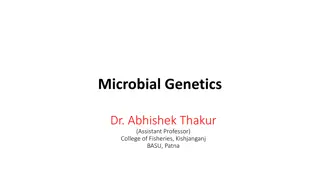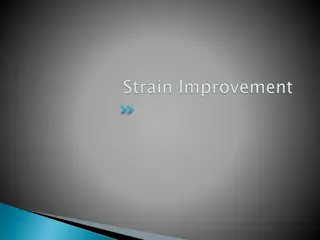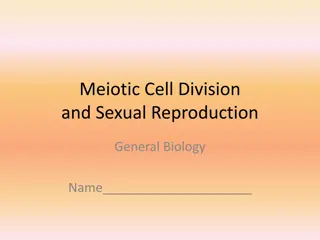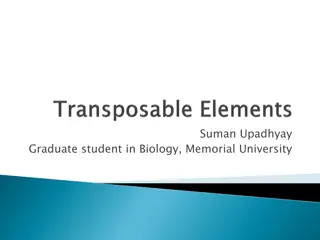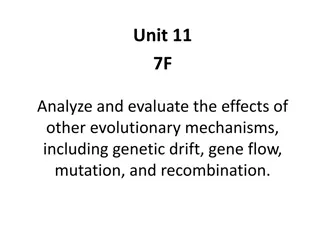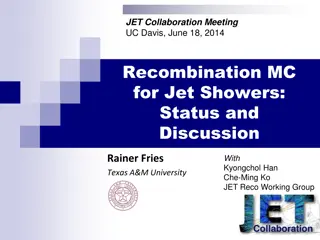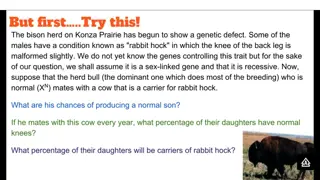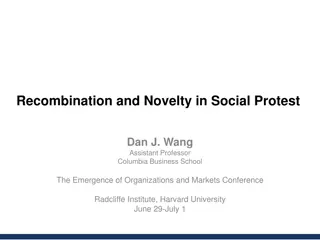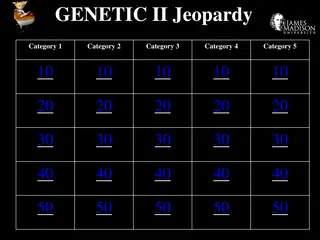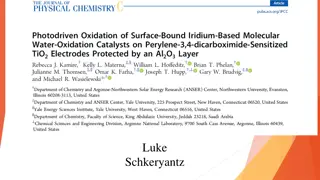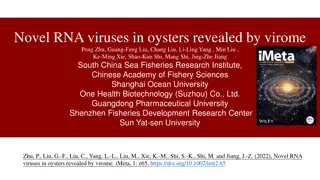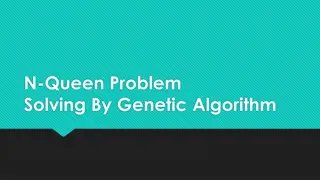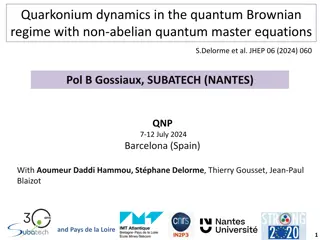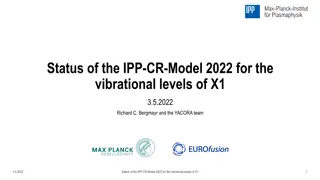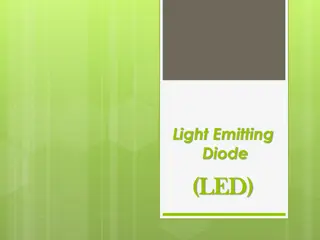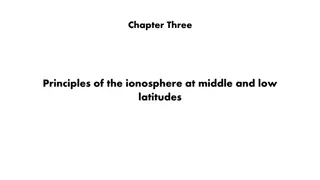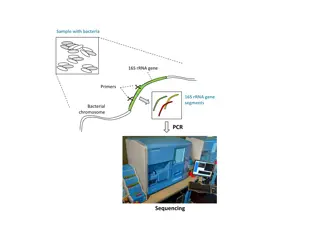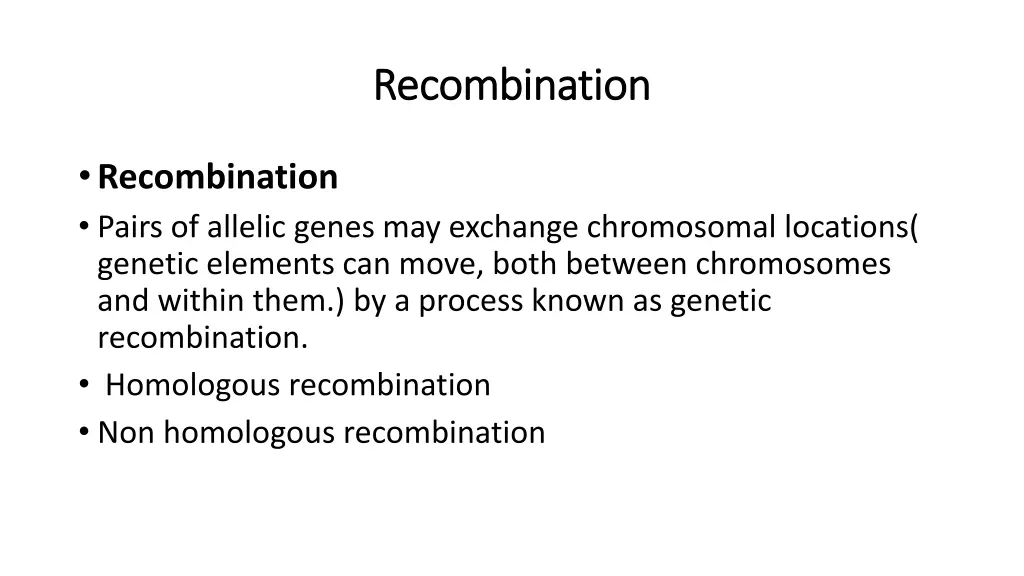
Genetic Recombination: Understanding Allelic Gene Exchange
Learn about genetic recombination, homologous recombination, and Holliday junctions. Discover how pairs of allelic genes exchange locations, the process of crossing-over in higher organisms, and the significance of DNA exchange in bacteria. Explore the mechanisms and implications of recombination processes through informative visuals.
Download Presentation

Please find below an Image/Link to download the presentation.
The content on the website is provided AS IS for your information and personal use only. It may not be sold, licensed, or shared on other websites without obtaining consent from the author. If you encounter any issues during the download, it is possible that the publisher has removed the file from their server.
You are allowed to download the files provided on this website for personal or commercial use, subject to the condition that they are used lawfully. All files are the property of their respective owners.
The content on the website is provided AS IS for your information and personal use only. It may not be sold, licensed, or shared on other websites without obtaining consent from the author.
E N D
Presentation Transcript
Recombination Recombination Recombination Pairs of allelic genes may exchange chromosomal locations( genetic elements can move, both between chromosomes and within them.) by a process known as genetic recombination. Homologous recombination Non homologous recombination
Homologous Recombination Homologous recombination (also called general recombination) is defined as the exchange of homologous segments between two DNA molecules Such a crossing-over process occurs in higher organisms during meiosis Bacteria, which are normally haploid. They can acquire foreign DNA through transformation, conjugation (mating) and transduction .


